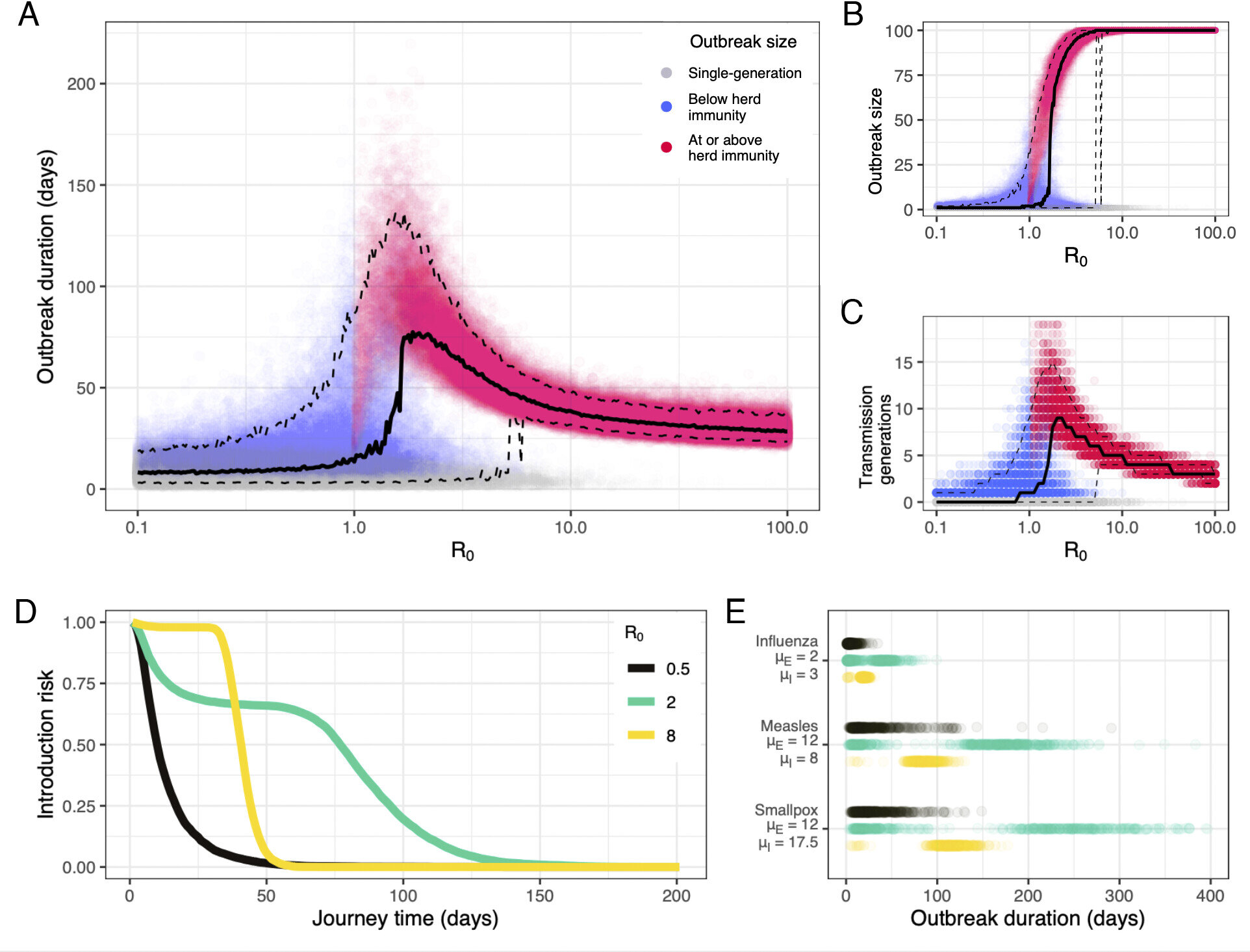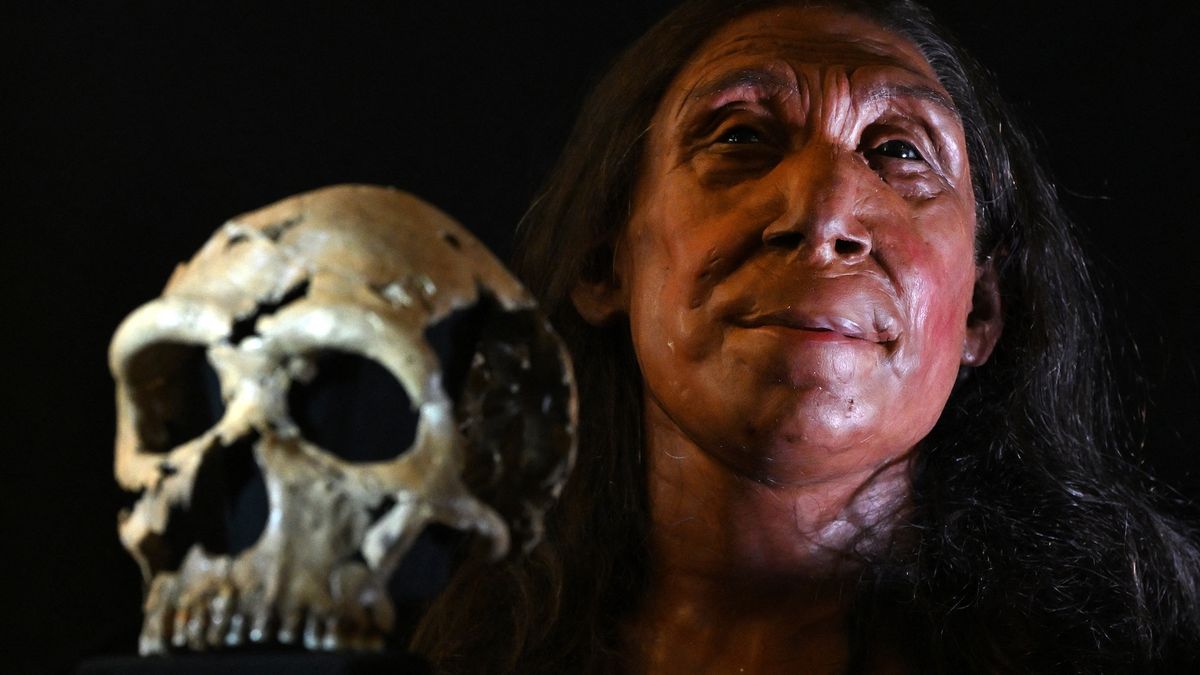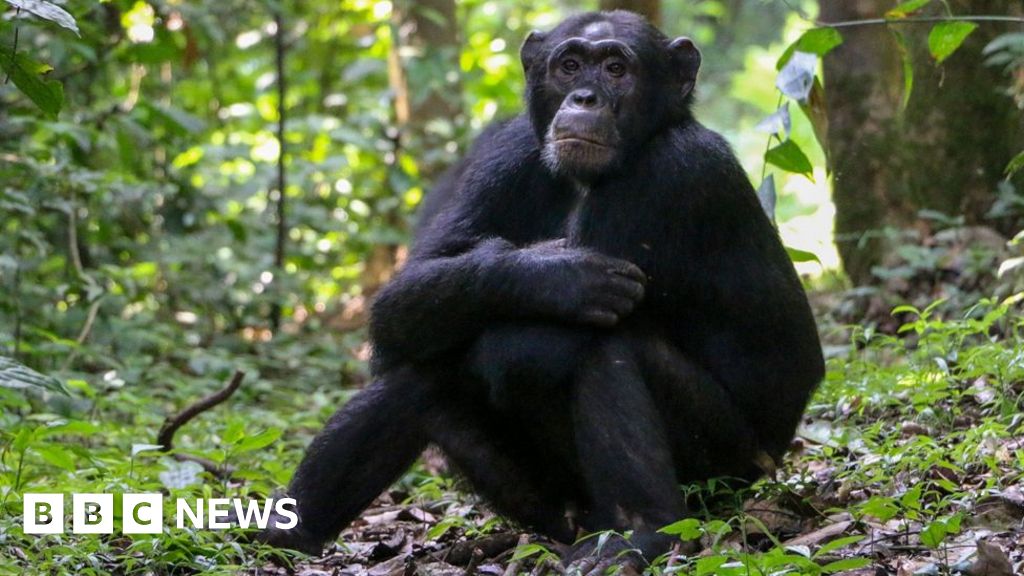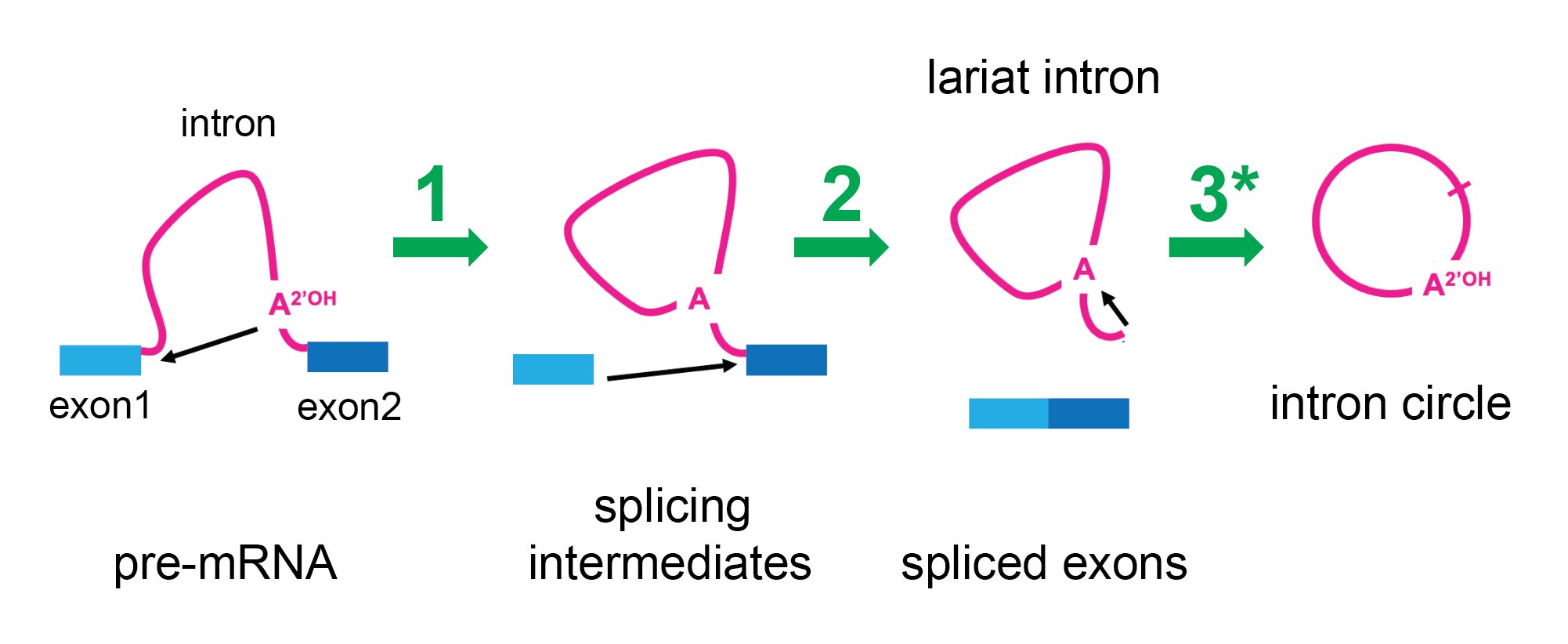Science News Network LLC
Science News Network LLC is a news outlet that provides in-depth reporting on various scientific topics. The articles provided cover a range of subjects including infectious diseases, technology, climate change, and health. The reporting appears to be unbiased and fair, with no major conflicts of interest or deceptive practices identified.
80%
The Daily's Verdict
This news site has a mixed reputation for journalistic standards. It is advisable to fact-check, scrutinize for bias, and check for conflicts of interest before relying on its reporting.
Bias
90%
Examples:
- The articles provided by Science News Network LLC appear to be unbiased and fair in their reporting.
Conflicts of Interest
75%
Examples:
- There are a few instances where conflicts of interest could potentially arise, such as the funding for U.K. diversity and the winner of the race for president shaping policy on various science-related issues.
Contradictions
85%
Examples:
- However, these contradictions do not seem to be major or significant.
- There are a few instances where contradictions are mentioned in the articles, such as the budget agreement for US-ELTP and the final budget agreement for individual agencies.
Deceptions
75%
Examples:
- However, these instances do not seem to be major or significant.
- There are a few instances where deceptive practices could potentially arise, such as the author claiming that Long Covid can affect people of all ages and follows both severe as well as mild disease.
Recent Articles

New Study Challenges Common Belief: Diseases May Not Have Spread Easily from European Ships to New World Populations
Broke On: Saturday, 27 July 2024
NASA's Europa Clipper: $5 Billion Mission Threatened by Radiation-Sensitive Electronic Circuits
Broke On: Wednesday, 10 July 2024
New Research Suggests Interconnected Evolutionary History Between Neanderthals and Modern Humans
Broke On: Thursday, 11 July 2024
Chimpanzees in Uganda Use Medicinal Plants: A New Study Reveals the Antibacterial and Anti-inflammatory Properties of Their Self-medication Practices
Broke On: Friday, 21 June 2024
Ancient DNA Discoveries Shed Light on the History and Spread of Malaria Beyond Tropical Areas
Broke On: Thursday, 13 June 2024
Unraveling the Cross-Cultural Connections Between Music and Language: A Groundbreaking Study Reveals New Insights
Broke On: Wednesday, 15 May 2024
New Discoveries in Spliceosome Function: Genome Modification, Nuclear Speckles, and a Fully Interpretable Model of Pre-mRNA Splicing
Broke On: Sunday, 12 May 2024
NSF Approves Funding for Only One Giant Telescope, Leaving Astronomers Disappointed
Broke On: Friday, 08 March 2024
Nitrate Radicals Threaten Pollinators' Scent and Reproduction in Urban Areas
Broke On: Friday, 09 February 2024